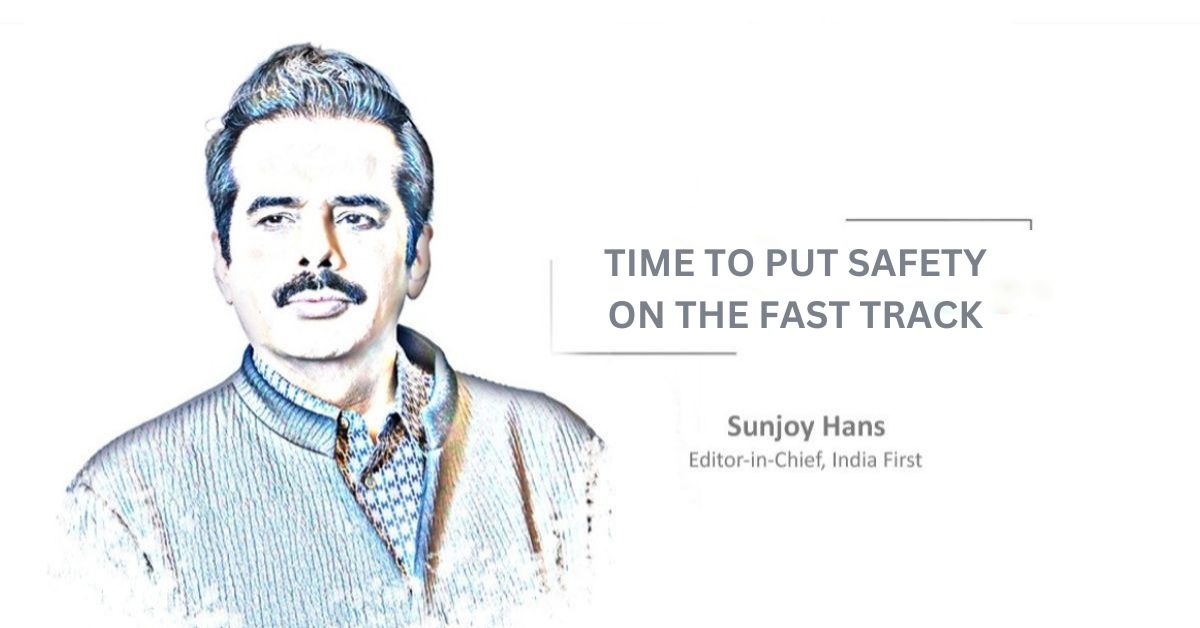Five days after the horrific Balasore train accident that claimed nearly 300 innocent lives, when news broke that the rakes of a stationary goods train near Jajpur-Keonjhar Road had run over and killed some contractual labourers who had taken shelter under it from a storm, it seemed as if the nation’s railway system was facing an extended streak of bad luck, with Odisha at the epicentre of it all.
But there were other reports of derailment over the next couple of days, one involving the 4-coach Nilgiri Mountain Railway train heading from Ooty to Mettupalayam near Coonoor station on June 8 and the other a Vijayawada-Chennai Central Jan Shatabdi Express heading from Chennai Central back to its shed on June 9. Fortunately, there were no deaths and injuries reported in these cases.
There have been at least two more such accidents earlier this year and, as a matter of fact, not a year has gone by in independent India where multiple train accidents have not been reported. The June 2 tragedy was among the deadliest in the country’s history, however, and it understandably shocked the whole world.
And, unfortunately, it soon became a political football.
Even when relief operations were under way, many families had yet to receive the bodies of their loved ones and dozens of bodies were still to be identified, opposition parties had started blaming the Centre and demanding the resignation of Railway Minister Ashwini Vaishnaw.
Despite the tragedy still being somewhat of a case of whodunit, with the circumstances leading to it far from being conclusively ascertained, parties such as Congress fiercely criticised the Centre’s decision to launch a CBI inquiry into the matter.
While senior Congress leaders and former Railway Minister Pawan Kumar Bansal dubbed the CBI probe a “diversionary tactic” to draw attention away from the failures that led to the tragedy, Congress president Mallikarjun Kharge accused the Modi government of neglecting the Railway Ministry for the past nine years and of having no intention to address the problem of deteriorating safety standards in the country’s railway system.
BJP leaders did not hesitate to give befitting responses, dismissing the accusations as “high on rhetoric low on facts”.
Be that as it may, it was really reassuring to see the Odisha government’s disaster management prowess as it swung swiftly into action to mitigate this tragedy of mammoth proportions. A lot more people would have died had the entire state administration – from Chief Minister Naveen Patnaik to block- and village-level officials – not carried out an exemplary rescue and relief operation.
It was also heartening to learn how Bahanga area locals responded to the accident by making mass rescue efforts without waiting for government authorities. This highlighted the true spirit of the people of Odisha, which has played no small part in the success of Odisha government’s community participation initiatives in disaster management.
All said and done, though, there can be no denying the urgent need for better safety standards and stricter adherence to them in the Indian Railways system. An impressively massive network that carries more than 13 million passengers every day across the country should never again have to be vulnerable to bad luck.



Comment here